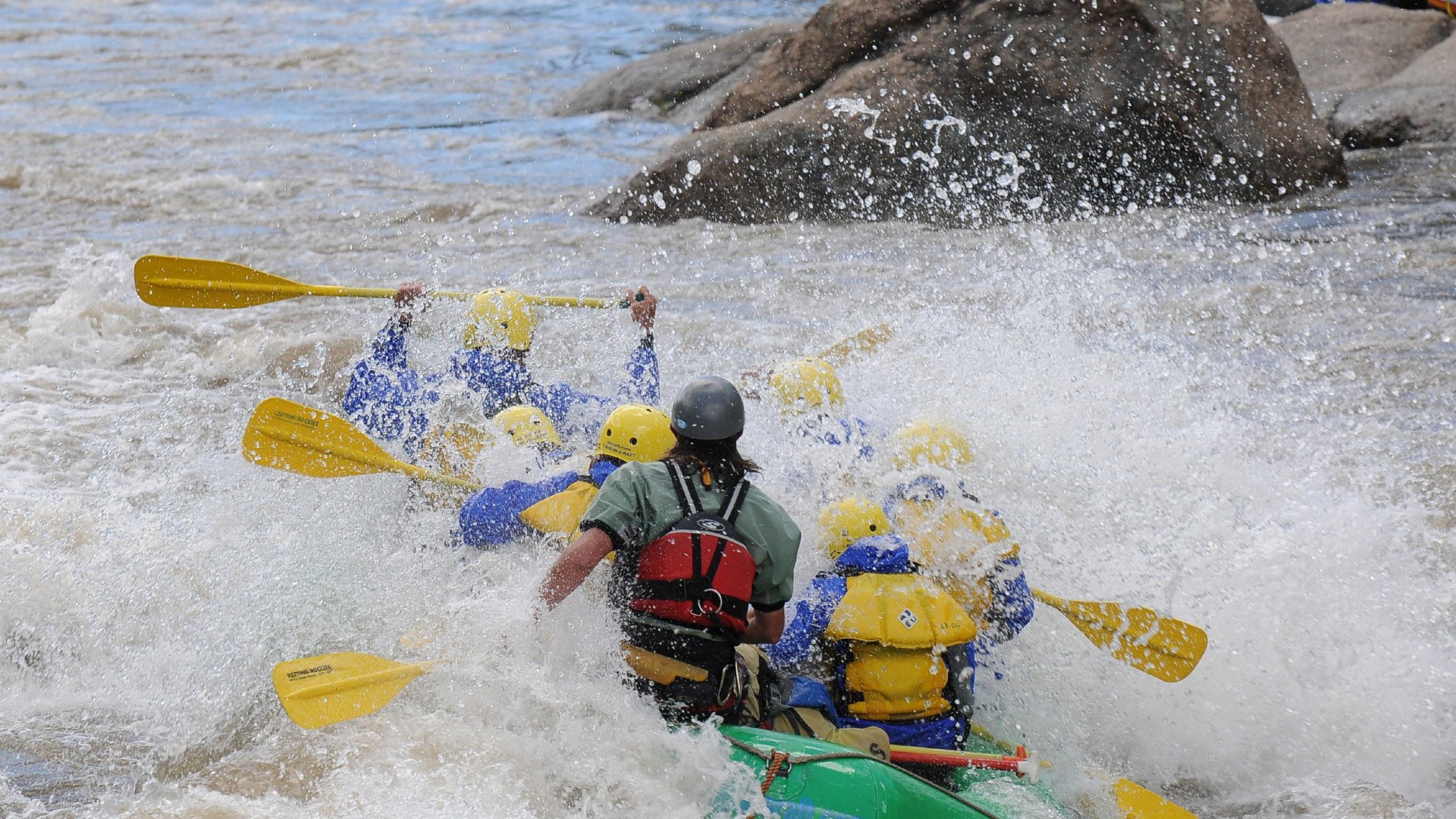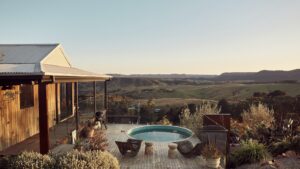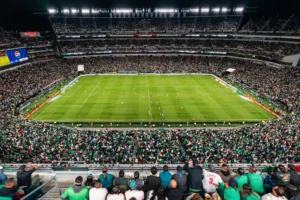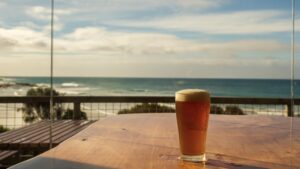This article is part of a series celebrating Boss Hunting’s favourite corners of the United States. Click here to see more.
Epic snowmelt means epic whitewater rafting, and the American Rockies has plenty of that.
There are very few summer outdoor activities as intense and rewarding as whitewater rafting, especially when you’re hurtling downstream tracking one of the greatest natural wonders on the planet. That’s why travellers seeking life-affirming group adventures, in astonishingly beautiful locations, need to take note of the epic opportunities for whitewater rafting across the American Rockies, from Colorado to Wyoming.
Below, we’ll tell you exactly where you should be looking in the USA if you want to try your hand at white water rafting in the Rockies. From The Royal Gorge in Colorado, to multi-day rafting adventures on the Snake River in Idaho, you’ll find there are multiple ways to run a river in the Rockies, all offering vastly different landscapes stamped with evergreens and soaring snow-capped peaks.
What You Need To Know About Running Rapids
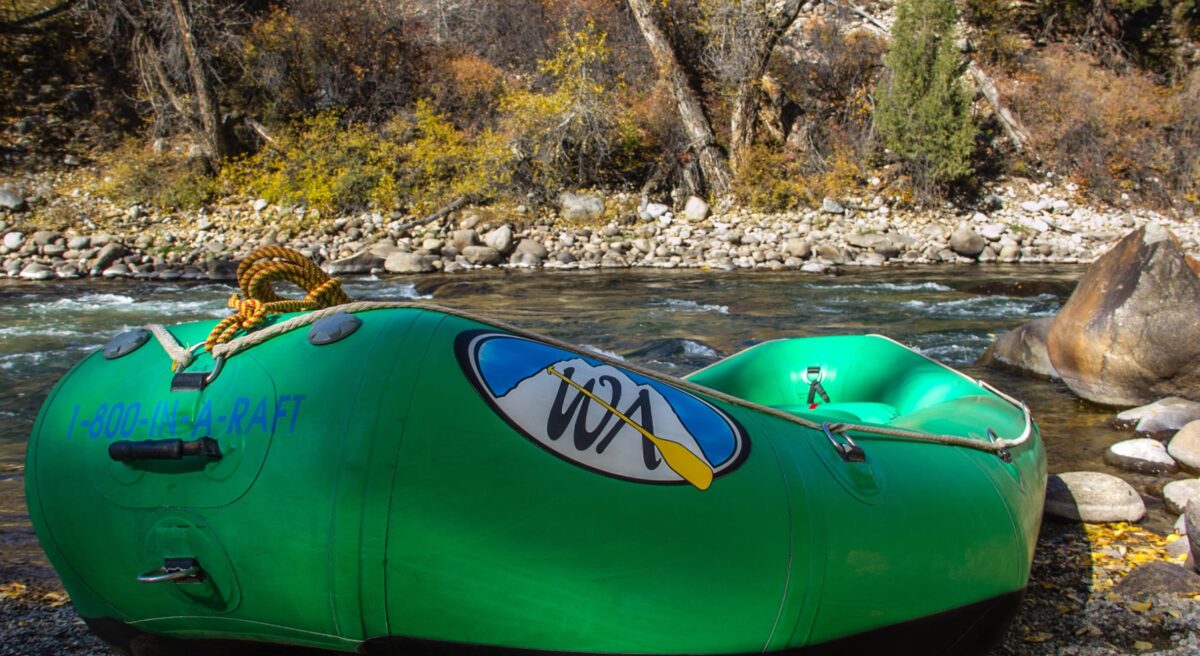
First, those unfamiliar with whitewater rafting should get across the classification scale used to indicate the “toughness” of each section. Class I is very mild and Class VI is virtually non-runnable. You’ll find that most rivers sit somewhere between Class III (intermediate) and Class IV (advanced). Notably, this classification isn’t based on the size of the rapids, but rather on the dangers involved. A Class IV or V, for example, means there would be more technical exits and entries to the rapids, more demanding obstacles, and larger wave formations. This also means you’ll need more technical skills, which typically translates to a more exciting and rewarding experience.
Needless to say, a higher classification necessitates having an experienced guide.
You’ll also need to be familiar with the role melted snow plays. After all, melted snow — or snowmelt — is the major factor deciding what the rapids are going to be like each season. It’s all cyclical, so a good ski season with a larger snowpack will create more favourable conditions for whitewater rafting in the summer. This is because as snow melts, it starts threading immense volumes of water into some of the world’s most beautiful rafting rivers.
The sudden onset of rapids creates new obstacles, and that usually means unearthing more rocks to create stronger rapids. High water generally makes rivers flow faster while also changing the dynamics of rapids. This is why seeking out reputable companies with experienced guides is so important because they can properly assess how perilous a river is based on the year’s conditions.
This combination of snowmelt and rocks are the biggest variables to consider when choosing a river to run. Sections with higher water levels and more rocks would typically mean these rivers are harder to predict. One boat might get a smooth, manageable wave while the boat right after might be a 12-foot wave of freezing cold water smacking them in the face.
Colorado
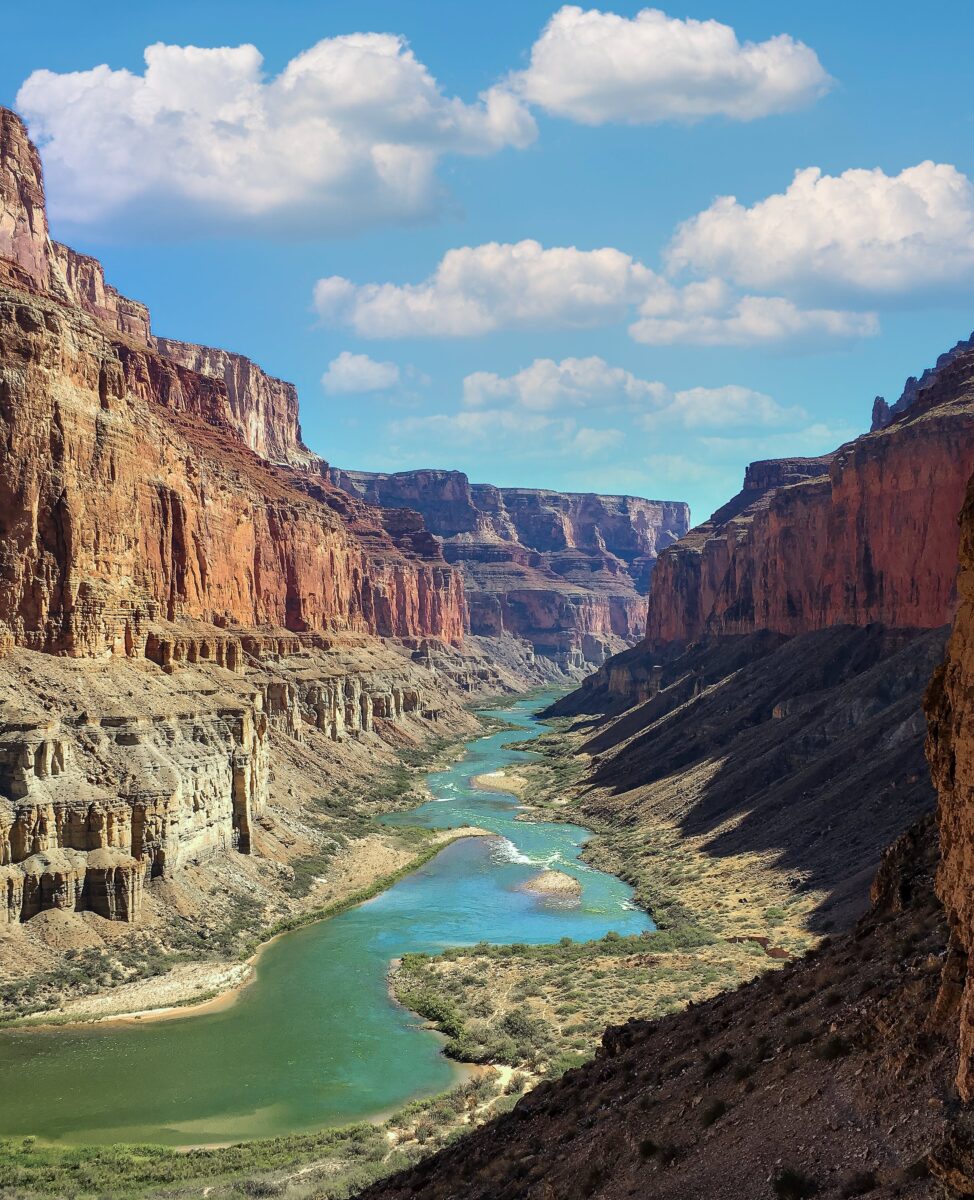
The best spot for whitewater rafting in Colorado is the Royal Gorge, an awe-inspiring, narrow canyon marking a section of the mighty Arkansas River just outside of Canon City in south-central Colorado.
An abundance of Class III, IV and V rivers can be found all over Colorado given the state’s typically generous snowpack each year. The Colorado River is the most popular spot for whitewater rafting, but the snaking Arkansas River is generally considered the top pick because of its diverse conditions.
Beginners should look towards the Class III rapids of the stunning Bighorn Sheep Canyon or the relaxed Lower Poudre along the Colorado River. The River Gorge, however, is a mecca for outdoor enthusiasts. The section is rated class IV and V, so there are fewer routes through the rapids, in addition to larger waves, and less recovery time after each rapid. The Royal Gorge also has double the gradient per mile of Bighorn Sheep Canyon, so speed picks up as the river tightens considerably.
This all translates to a higher dose of adrenaline and a more memorable experience. Grab a few mates and hit up Arkansas River Tours, which offers a two- or three-day whitewater rafting tour along the river. If you’re strapped for time, opt for the one-day adventure, but the multi-day itineraries will be more rewarding, taking you through lush hanging gardens and epic overlooks.
Idaho
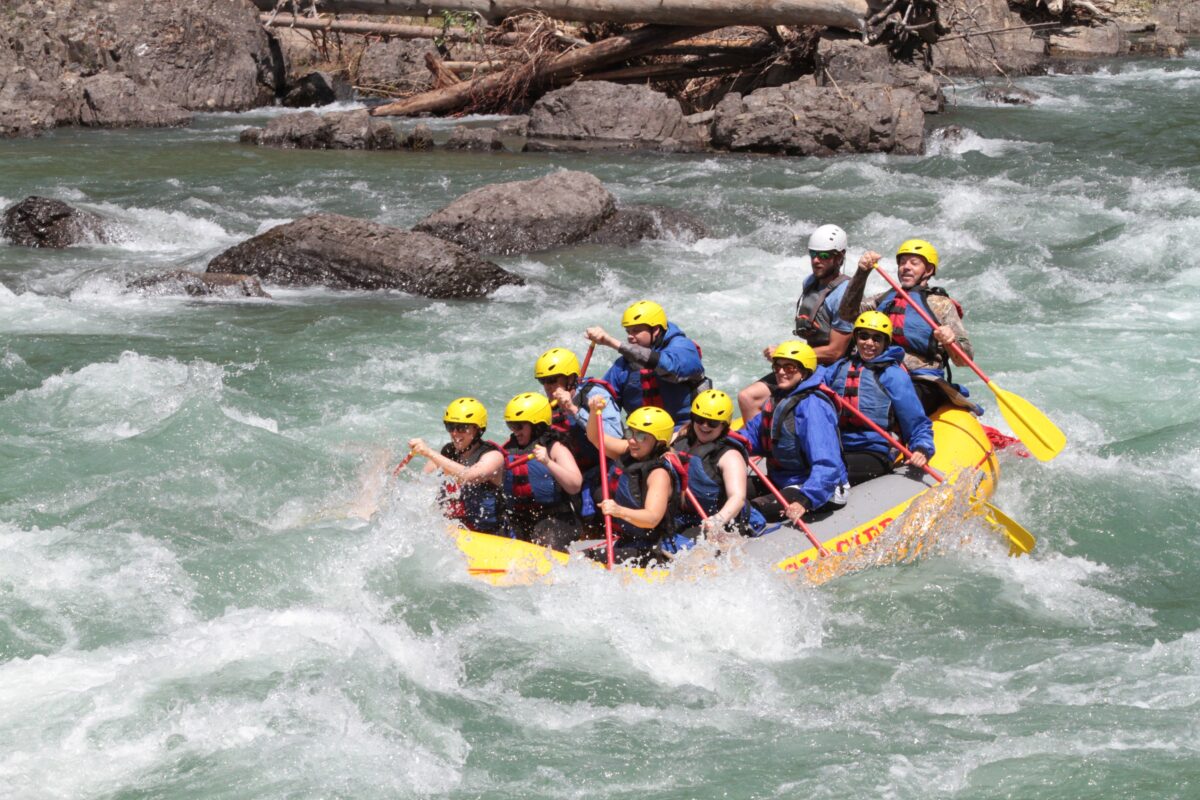
Idaho — celebrated for its precious gemstones and fishing — is one of the most popular states for rafting enthusiasts given the variety on offer across this section of the American Rockies. While Colorado offers the option of much longer days on the water, Idaho enjoys a number of shorter white water rafting sections that don’t take the whole day to complete. The Salmon River and Snake River are the two most notable spots for rapids, particularly the former as it’s much more diverse so you’ve got scope for hardy Class IV rivers, as well as calmer, more family-friendly rapids.
The Middle Fork of Salmon River is a pristine 160-kilometre stretch of great rapids and staggering scenery typical of the American Rockies. The Lower Salmon River is a better choice for a leisurely experience between spots of hiking and white-sand beaches, while Snake River, the country’s deepest river gorge, is ideal for both ease and dramatic scenery.
Row Adventures would be your best bet here as the company has a wide scope to offer vastly different itineraries. The six-day Middle Fork of the Salmon is the signature offering with world-class rapids, Native American sites, hikes, hidden waterfalls, and Dutch oven stops.
The three-to-six-day Snake River itinerary that includes journeying through Hells Canyon is better for those seeking luxury camping, hot springs, and fishing to help break the days up. For families, the five-day Family Magic trip through the Salmon River Canyons is ideal, especially since kids are well-catered for with “River Jesters” as their guides and a host of hikes and games to keep them entertained.
For something even more challenging, look into the Lochsa River in north central Idaho. As part of the Middle Fork of the Clearwater River, it’s rated one of the very best Class IV rapids in the entire country.
Wyoming
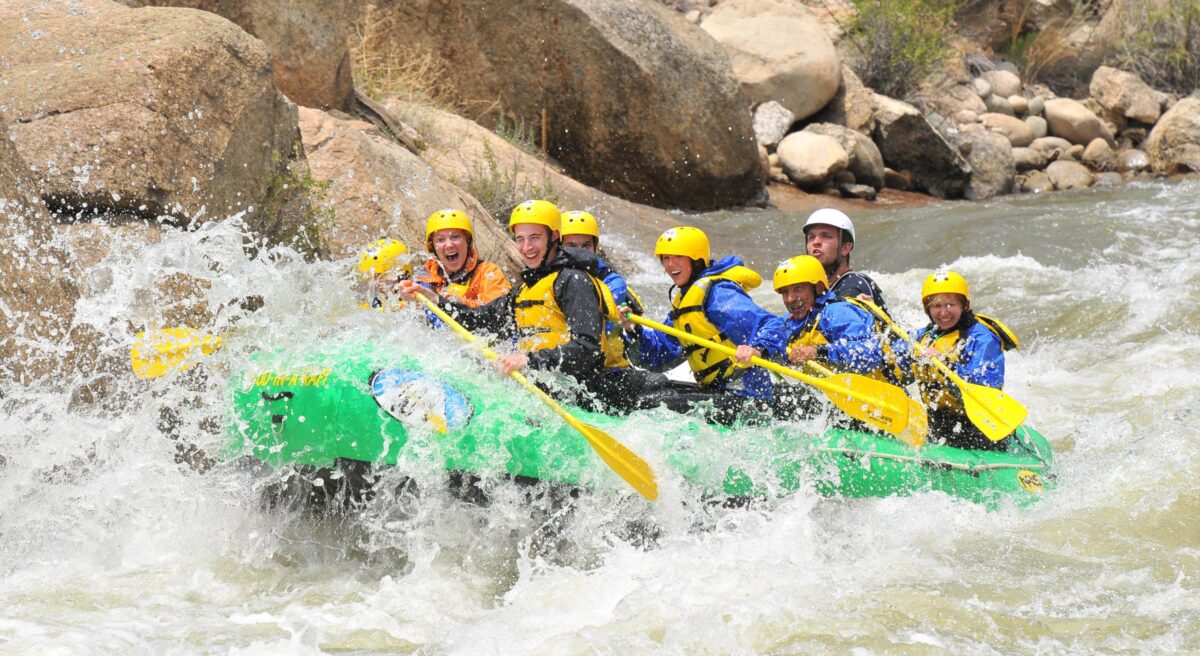
The best sections of Snake River are located just outside of Jackson Hole, Wyoming so anchor in this incredibly beautiful and wild state for the ultimate outdoor adventure. These are typically much more manageable for beginners since the river offers class II and III rapids across an easy 12-kilometre stretch.
The Big Kahuna is the most active section while the oddly named Lunch Counter tends to be more leisurely and suitable for families. The latter is so easy to navigate that even kayakers and surfers frequent the area as the hydraulic tour of flowing water tears through Snake River Canyon.
The most reputable operator in Wyoming is Dave Hansen considering the company has more than 50 years of experience on Snake River. The relaxed Fall Scenic Trip is a cruisy 4 hours of running downstream for 20 kilometres with bald eagles flying overhead, moose hanging about on the shore, and distant views of the impressive Teton and Snake River mountains.
For something more intense, Wind River Canyon typically features higher water levels and can reach Class V under the right conditions. You’ll need a local guide as the canyon passes through the Wind River Reservation so your best bet is to hit up Wind River Canyon Whitewater & Flyfishing. The company offers a five-hour full Wind River Canyon itinerary, as well as a BBQ lunch to refuel.
Montana
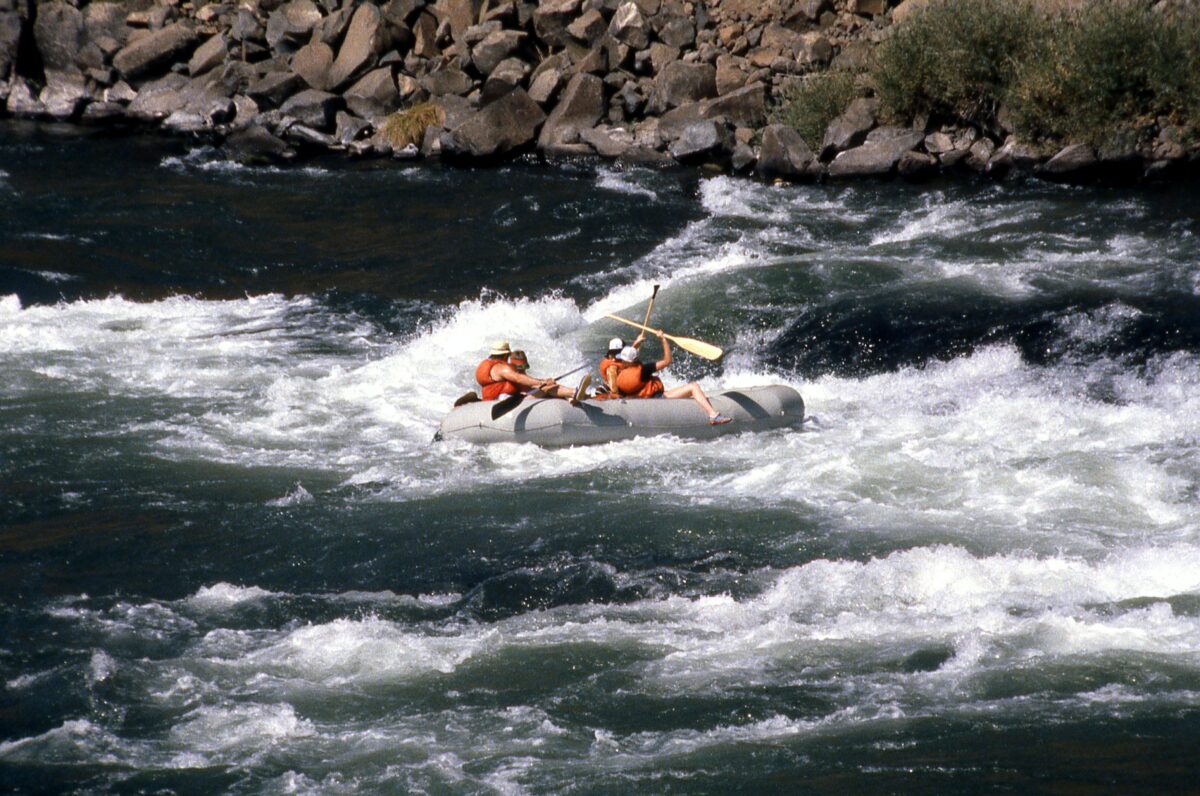
As the home of the wondrous Glacier National Park, Montana offers a very comprehensive series of rapids that would test even the hardest of veterans. But it’s those calmer, gentler rapids of Middle Fork Flathead River that are most valuable as they float through the park’s southern border, offering plenty of wilderness sightings backed by thick forests and alpine meadows.
The Gallatin River, which threads through Yellowstone, is a better choice for more experienced rafting enthusiasts. Known as the most challenging commercial rafting in the region, this wild river starts with small rapids but increases in intensity quite fast. The Mad Mile section is class IV earlier in the season when the water levels are highest, so around June and July. This usually drops to Class III in August when water levels start dropping, reiterating the importance of timing and engaging a guide if you really want to understand how conditions affect your experience.
One of the more reputable operators in the area is Montana Whitewater, so these guides would be your best bet for tackling some of the most scenic and unforgettable rapids in the USA.
This article is sponsored by VisitTheUSA.com.au and is part of a series celebrating Boss Hunting’s favourite corners of the United States. Click here to see more, and thank you for supporting the brands that support Boss Hunting.
